Doom and Gloom: Top 10 Post-Apocalyptic Worlds
How the world will end

The Maya Long Count calendar ends on Dec. 21, 2012, leading to rumors of the end of the world. Scholars of Mayan culture have repeatedly pointed out that the end of the calendar wouldn't have been seen as an apocalypse to the Maya, but a good doomsday story is hard to keep down.
While rumors fly online about the Dec. 21 date, Mayan apocalypse believers are hardly the first to imagine the world ending. Here are some of the inventive and terrifying post-apocalyptic futures ever portrayed in literature and film.
Planet of the Apes
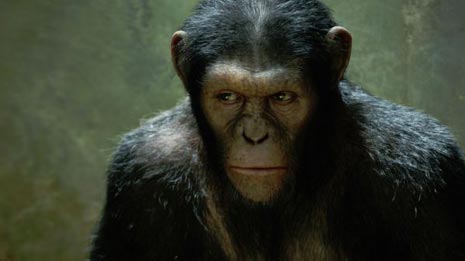
A crash-landing on an alien planet gets ever more nightmarish for astronaut George Taylor in this 1968 film. Taylor soon learns that in this world, humans are mute and primitive, while apes have an advanced society, intelligence and a grasp of language. As if being captured by a bunch of armor-wearing gorillas wasn't bad enough, Taylor eventually discovers he's traveled not through space, but through time, and that he's been (spoiler alert!) on Earth all along. The cause of humanity's downfall in this ape apocalypse? In the words of Charlton Heston, playing Taylor: "You maniacs! You blew it up!" [Fact or Fantasy? 20 Imaginary Worlds]
Mad Max
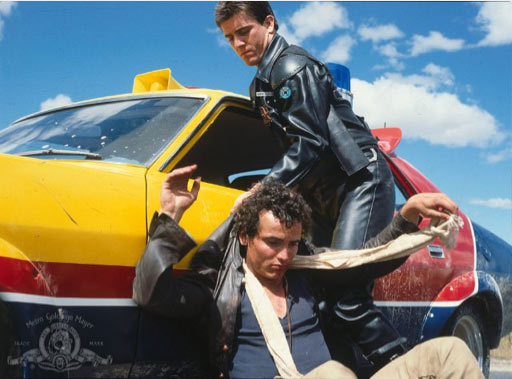
A shortage of fossil fuels drives a breakdown of society in this 1979 dystopia set in Australia. In fact, screenwriter James McCausland wrote in the Courier Mail in 2006 that the inspiration for Mad Max's violent chaos was the 1973 oil crisis, which led to long lines and even violent outbursts at the gas pumps (Hurricane Sandy, anyone?). Those who love their apocalypses garnished with motorcycle gangs are in luck, as a fourth installment of this post-apocalyptic universe is reportedly in production.
Buffy the Vampire Slayer: The Wish

Buffy Summers averted at least seven apocalypses in her seven-season run as a vampire slayer on Joss Whedon's cult TV series. The ninth episode of the third season of the show gave viewers a taste of what might have happened without Buffy's intervention. In an alternate universe where Buffy never came to the vampire-ridden town of Sunnydale, Calif., a nasty vampire called the Master has risen and is picking off citizens one-by-one — but his ultimate plan is to automate the process, building macabre factories in which to milk humans of their blood. Oh, and did we mention that Buffy's loyal sidekicks, Willow and Xander, have become vampires, too?
Oryx and Crake

In Margaret Atwood's 2003 novel, the world is plagued by climate change and consumerism. Corporate scientists live in gated, guarded communities while desperate, ordinary folk live in the "pleeblands," leaderless cities rife with crime. Kids entertain themselves by watching porn and executions live online, and people chow down on ChickieNobs, meat sliced from grotesque transgenic chickens engineered to grow only breasts or drumsticks.
And that's before the apocalypse hits.
Get the world’s most fascinating discoveries delivered straight to your inbox.
"Oryx and Crake" and its sequel "Year of the Flood" tell the tale of the few survivors of this man-made disaster. No spoilers here, but Atwood's tendency to exaggerate scientific experiments already being done (such as meat grown in a lab) make her post-apocalyptic world alarmingly believable. [Top 10 Ways to Destroy Earth]
The Hunger Games
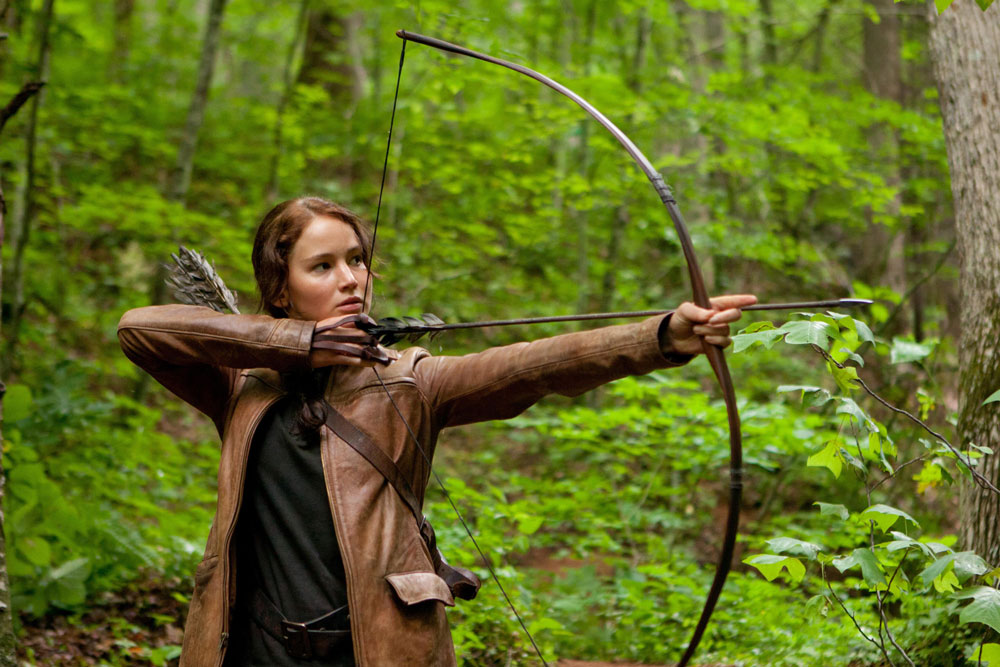
War leads to the fall of society as we know it in Suzanne Collins' hit "Hunger Games" trilogy. In the North American society that has arisen from the violence, the Capitol holds 12 surrounding districts in a sort of feudal thrall. Each year, one boy and one girl from each district are chosen to take place in the Hunger Games, a brutal tournament in which only one winner survives. That is, of course, until one teenage girl turns everything around …
The Road
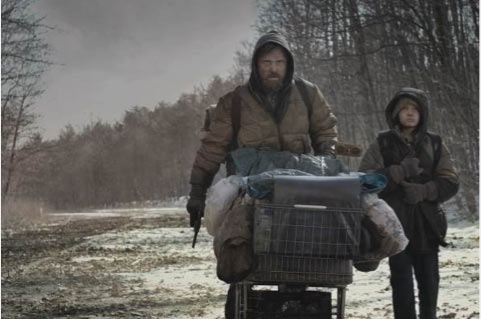
In Cormac McCarthy's 2006 novel, the end of the world is a dismal gray slog. There are no flashy motorcycle gangs or über-evolved apes here, only ash, cannibals, and a father and son on a potentially pointless journey toward the sea.
The cause of McCarthy's apocalypse is never made clear.
There Will Come Soft Rains

In possibly one of the most understated yet creepy portrayals of the end of the world, the Ray Bradbury short story "There Will Come Soft Rains" begins with an introduction to a technical marvel: a home that prepares its owners' breakfasts, cleans up after them and generally meets their every need. It's soon revealed, however, that the family is now nothing but a series of burnt silhouettes on the side of an outside wall, the implied victims of nuclear war. The house, however, keeps on with its robotic duties, continuously serving its vanished residents.
Hitchhiker's Guide to the Galaxy
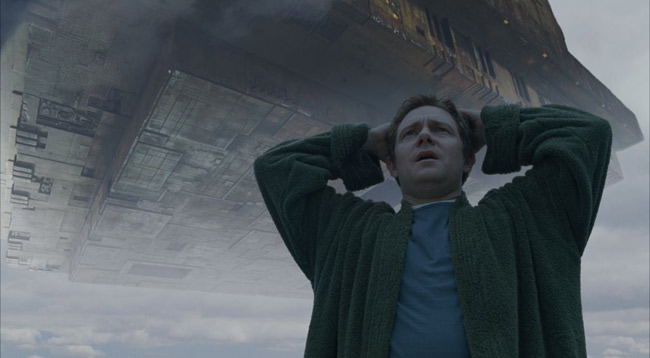
The world's end isn't quite so dignified in Douglas Adams' "The Hitchhiker's Guide to the Galaxy." When protagonist Arthur Dent wakes up to learn his home has been slated for demolition to make way for a new bypass, he doesn't realize it's a moot point; his planet has been slated for demolition, too. Unfortunately, because humanity never made it to Earth's local planning department in Alpha Centauri to protest the demolition orders, there's nothing to be done to save the world.
28 Days Later
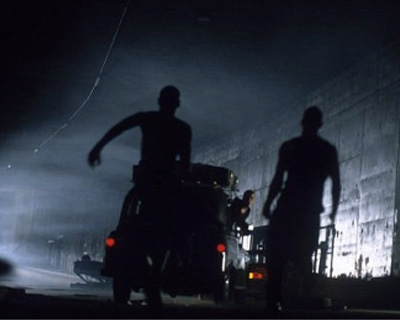
What's an apocalypse without zombies? In this 2002 horror film, a horrible virus nicknamed "rage" spreads after animal liberation activists free a batch of infected chimpanzees from a medical laboratory. The movie's protagonist, who has been in a coma, wakes to a post-apocalyptic world where survivors hide out underground, trying to avoid the zombielike victims of infection, who kill with the ferocity of rabid animals.
The Bible

Christianity's end-of-the-world predictions have been dramatized in any number of stories, with perhaps the most prominent being the 16-book "Left Behind" series by Tim LaHaye and Jerry Jenkins. But it’s the original, with its poetic descriptions of the end, that gets our vote. According to the Book of Revelation, the sun will become "black as sackcloth of hair" and the moon "as blood." The stars will fall from the sky and the heavens will fold up like a scroll. Locusts with lion teeth will swarm from a hellish pit to torment the unbelievers, and Satan will appear as a great red dragon.
Whether or not this is taken literally or as a metaphor, Revelation ends with a new heaven and Earth, upon which there is no more suffering and death — perhaps revealing the desire for a clean slate motivates end-of-the-world imaginings.

Stephanie Pappas is a contributing writer for Live Science, covering topics ranging from geoscience to archaeology to the human brain and behavior. She was previously a senior writer for Live Science but is now a freelancer based in Denver, Colorado, and regularly contributes to Scientific American and The Monitor, the monthly magazine of the American Psychological Association. Stephanie received a bachelor's degree in psychology from the University of South Carolina and a graduate certificate in science communication from the University of California, Santa Cruz.


